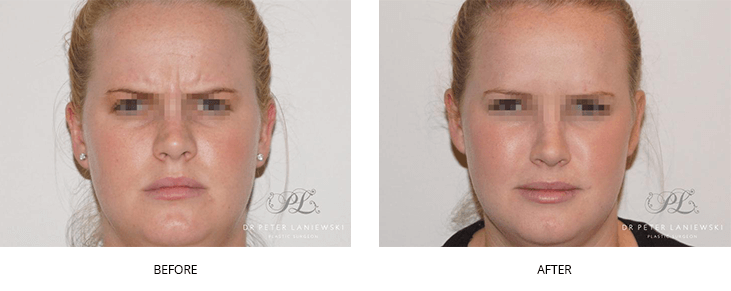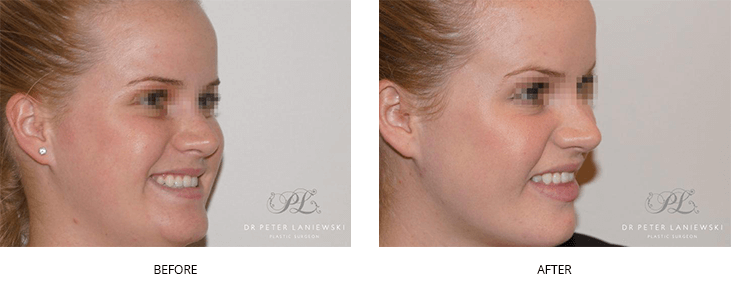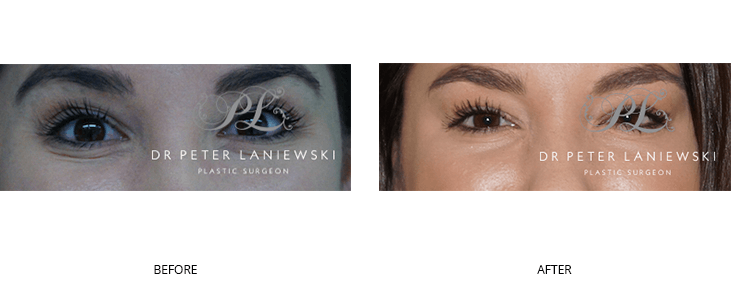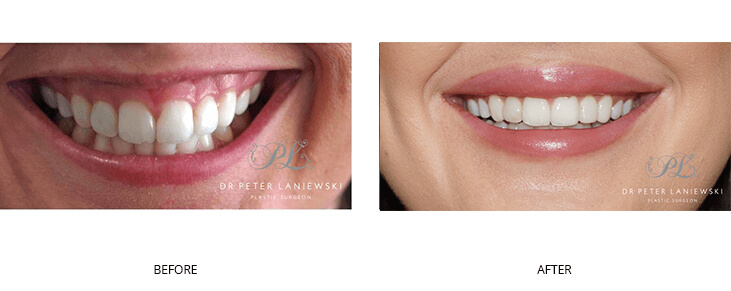Wrinkle Relaxers – Dr Peter Laniewski
What are static and dynamic wrinkles?
Over time, muscle contraction can cause static wrinkles, which are facial wrinkles caused by repetitive movement that are still visible once the face is completely still. Dynamic wrinkles, on the other hand, are wrinkles that only show with certain facial movements, such as frowning or raising the eyebrows. Since the treatment works by stopping muscle contractions in the treated area, it can have a quick effect on dynamic wrinkles and even prevent static wrinkles from occurring in the future.
Other Uses of Wrinkle Treatment
There are other uses of wrinkle treatment, because of the way that our wrinkle treatment works.
The same treatment may also be performed to reduce headaches caused by frequently contracting muscles, and to prevent excessive sweating in areas such as the underarms.
The overuse of muscles in certain areas can cause concerns such as headaches over time, which may be relieved with the treatment. While the treatment works to block nerve signals in the muscles, it can also stop sweat glands from becoming overactive, which can reduce excessive sweating.
If you’re interested in one of these other treatment options, we recommend contacting our team to discuss what your treatment may involve. We will schedule a consultation with Dr. Laniewski, who can provide you with advice and create an individualised plan.
Who is Eligible for Wrinkle Reduction Treatment?
Eligible candidates for the treatment should be over the tof 18 and not have any medical conditions that can be contraindications to the treatment. Typically, candidates will want to treat fine fines and wrinkles, or undergo the treatment for another purpose (such as to reduce headaches or prevent excessive sweating). A consultation with Dr. Laniewski is required to determine your suitability for wrinkle treatment.
Those who are pregnant or breastfeeding, have active infections in the treatment area or have unrealistic expectations for the results of the treatment may not be suitable candidates. Certain medications and supplements may also interfere with suitability for the treatment.
Are There Risks to Wrinkle Reduction Treatment?
As with most treatments, the wrinkle treatment does come with some risks. A headache, bruising, pain, redness, swelling, muscle weakness and nausea are some of the risks patients have faced after the treatment, however, these these have normally subsided after a few days. These risks typically can occur early on after treatment and may be managed with aftercare steps, that will be provided to you during your consultation.
Further risks, such as allergic reaction infection or unsatisfactory results will be discussed during your consultation, as well as how these risks can be minimised. An important step to take to minimise risks is to choose a qualified and trained surgeon to perform the procedure, even though the procedure itself is non-surgical. Plastic Surgeon Dr. Laniewski has had thorough training and can put steps in place to prevent complications.
The Results
The results of wrinkle reduction treatment will depend on each patient’s individual treatment needs and skin condition. After several wrinkle reduction treatments, fine lines and wrinkles will be visibly reduced, and future wrinkles may be prevented. While results can be long lasting, patients who want to maintain their results in the longer term will need to undergo maintenance treatments.
Cost of Wrinkle Treatment
The costs of each treatment will differ from patient to patient, as each patient will have their own, personalised treatment. Each treatment needs to be personalised to consider certain factors, such as the amount of muscle relaxing that will need to be achieved in the area. Some muscles are stronger than others and may require more treatment. Factors that can determine your procedure costs will be discussed during your consultation, so that a personalised quote can be put together.
Frequently asked questions




